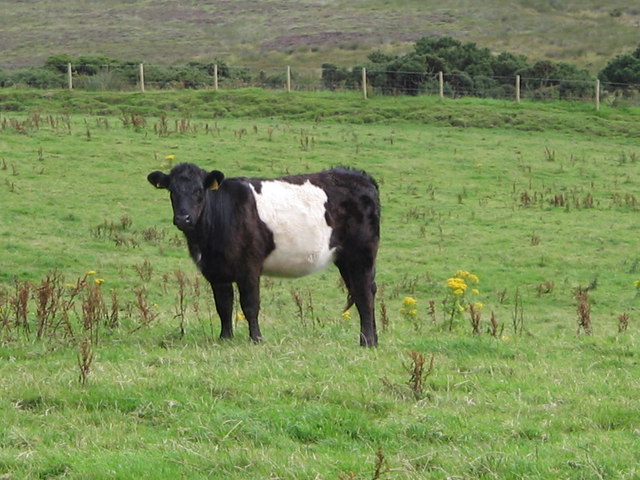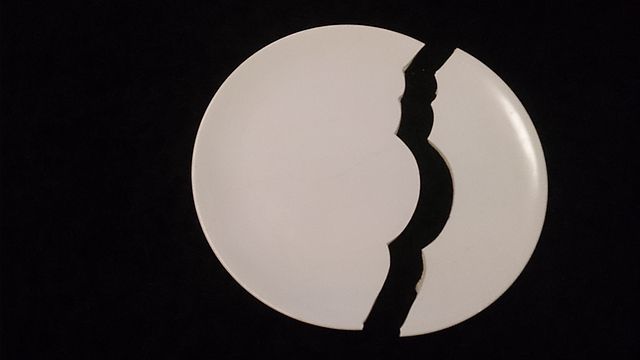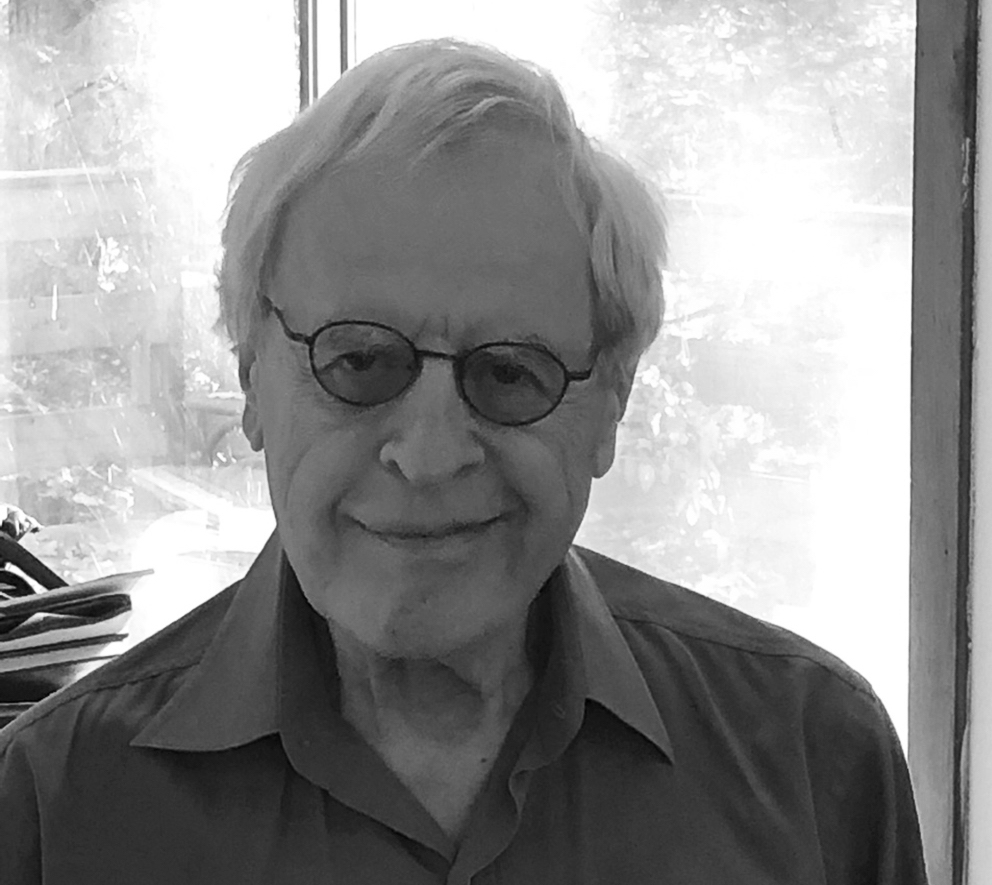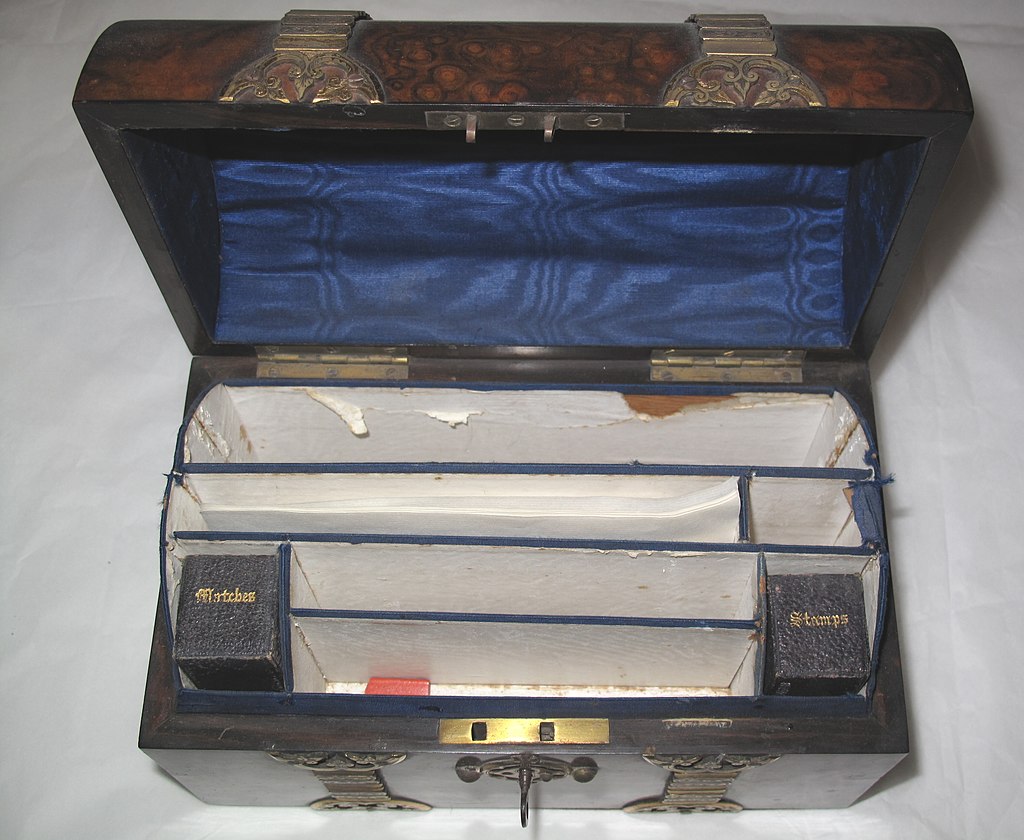Belted Galloway. Wikimedia Commons, Licensed under CCO 2.0.
The other day we went to Albany so I could return all eight items I had bought online from Athleta. The store was in a giant mall that smelled tragically of Cinnabons. The Cinnabons reminded me of the TV series Better Call Saul, which is set in part in a Cinnabon shop, and the way Saul Goodman was unable to resist pulling a con. He missed his old life. Jail was preferable to feeling unknown to himself.
The clothes in the store were made of fabrics that were “what is this?” and “no.” And there were mirrors, unlike in our house. Richard said, “Let’s go to the Banana.” He wanted a cashmere sweater. There were two he looked great in, and it made me so happy for someone to look good in clothes I said, “Buy both.” He said, “I don’t deserve them.” I said, “No one deserves anything. You are beautiful. Beauty is its own whatever.” One of the sweaters had a soft hoodie thing, and Richard liked walking around in the house in it. The hood came down a little low. I said, “You’re getting a seven dwarfs thing happening with the hood.” He pulled it back a little, and it was perfect.
The next day on our walk, he wore the hoodie over a cap covering his ears. When we recited three things in the moment we loved, he said, “I’m glad we’re walking, although I’m against it.” I said, “Why are you against it?” He said, “It’s too cold.” It was during the Arctic cyclone, and I was wearing my down coat from the eighties. The shoulder pads are out to Mars, and Richard said, “Everyone on Warren Street thinks you’ve been released from an alien abduction after thirty years. They are wondering why you were released.” I said, “Why was I released?” He said, “They couldn’t get anything useful from you about earthlings. It was a total waste of their time.”
I bought a giant wheel of focaccia with salt and olives from a bakery. The grease was soaking through the bag when I got outside. I tore off a hunk. Richard said, “Are you going to eat all that?” I said, “It tastes like a crispy pretzel from Central Park,” and I could see I was missing my old life. The way we live, there are cows outside our windows that belong to Abby Rockefeller. Abby Rockefeller has built a dairy farm down the road where a piece of cheese is either pay this or your mortgage. Richard took a bite of the focaccia. It still took forever to get through the hunk I’d torn off, and my hands froze. I said, “My fingers could break off like one of those corpses holding a clue to their murder.”
Copyright
© The Paris Review




















